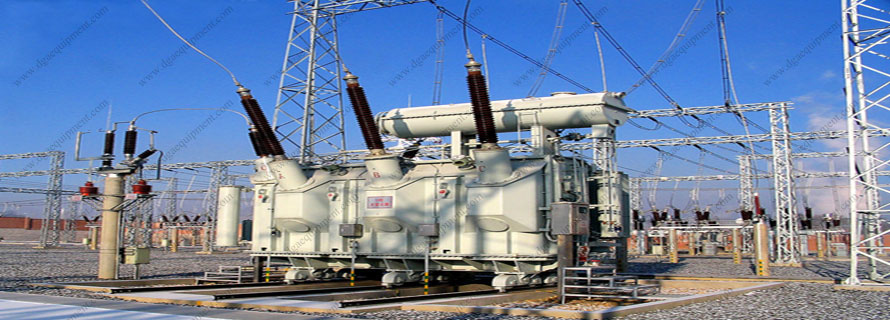ASTM D3241 Method for Thermal Oxidation Stability of Aviation Turbine Fuels
ASTM D3241 Standard Test Method for Thermal Oxidation Stability of Aviation Turbine Fuels (JFTOT Procedure)
6. Apparatus
6.1 Jet Fuel Thermal Oxidation Tester (JFTOT) - Five models of suitable equipment may be used as indicated in Table 1.
6.1.1 Portions of this test may be automated. Refer to the appropriate user manual for the model JFTOT to be used for a description of detailed procedure. A manual is provided with each test rig, and the latest version of each manual is on file at ASTM as a Research Report. (Warning - No attempt should be made to operate the JFTOT without first becoming acquainted with all components and the function of each.)
6.1.2 Certain operational parameters used with the JFTOT instrument are critically important to achieve consistent and correct results. These are listed in Table 2.
6.2 Heater Tube Deposit Rating Apparatus:
6.2.1 Visual Tube Rater, the tuberator described in Annex A1.
6.3 Because jet fuel thermal oxidation stability is defined only in terms of this test method, which depends upon, and is inseparable from, the specific equipment used, the test method shall be conducted with the equipment used to develop the test method or equivalent equipment.
7. Reagents and Materials
7.1 Use distilled (preferred) or deionized water in the spent sample reservoir as required for Model 230 and 240 JFTOTs.
7.2 Use methyl pentane, 2,2,4-trimethylpentane, or n-heptane (technical grade, 95 mol % minimum purity) as general cleaning solvent. This solvent will effectively clean internal metal surfaces of apparatus before a test, especially those surfaces (before the test section) that contact fresh sample. (Warning - Extremely flammable. Harmful if inhaled (see Annex A3).)
7.2.1 Use trisolvent (equal mix of acetone (1), toluene (2), and isopropanol (3)) as a specific solvent to clean internal (working) surface of test section only. (Warning - (1) Extremely flammable, vapors may cause flash fire; (2) and (3) Flammable. Vapors of all three harmful. Irritating to skin, eyes, and mucous membranes.)
7.3 Use dry calcium sulfate + cobalt chloride granules (97 + 3 mix) in the aeration dryer. This granular material changes gradually from blue to pink color indicating absorption of water. (Warning - Do not inhale dust or ingest. May cause stomach disorder.)



